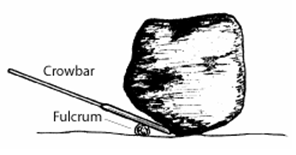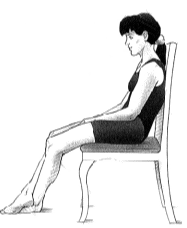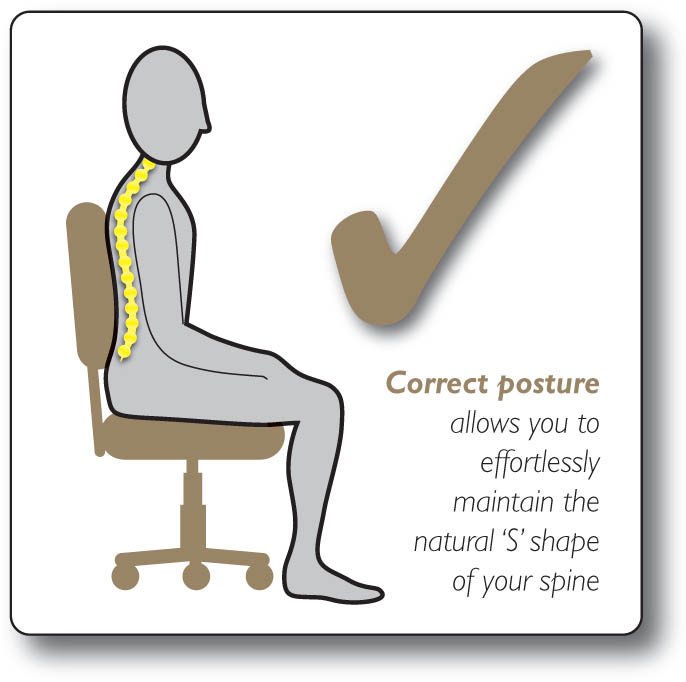 As 2014 comes to a close, you can expect a number of people with resolutions for the New Year. Here are some health tips you can focus on:
As 2014 comes to a close, you can expect a number of people with resolutions for the New Year. Here are some health tips you can focus on:1. Focus on GOOD MOVEMENT
There are tons of training techniques and exercises with too narrow a focus (ie. biceps curl.) Think more about the types of things you are doing in life and use those as your training tools. Practicing good lifting, carrying, pushing and pulling will help guide your program for the New Year!
2. Always keep practicing
Some people do the same exercise program and find that they get bored after a while with the same exercises. If you find you are bored of the same exercises, focus on improving technique, tweak a few things with these exercises and you will find it will improve your performance. In my program, I am always looking to improve my pull ups, my squats, my deadlifts. I know when I do a bad rep and when I do a great rep.
3. Have a bit of fun with your exercise
No need to go to the gym and be intimidated by all the fancy equipment and all the people there. No need to rely on an expensive machine that limits you to one defined movement. You can use stairs, dumbbells, kettlebells, weighted vests, or even just using your own body weight. This equipment (or lack of it) gives you more freedom to do thing that you would do in sport or for your daily activities. If the gym isn't for you, try an exercise class, or yoga, or swimming. Do something active with friends. Whatever you choose, make sure you are enjoying it!
4. Try something you aren't good at
Its always good to try something new. How will you know whether you like it or not if you don't try it? It can be scary trying something new, but once you take the first step the rest of the journey gets a lot shorter!

5. Take care of yourself
Everyone gets busy, but make sure you are taking time to take care of yourself. Whether it is chiropractic, massage, acupuncture, or meditation, make sure you are taking some time for yourself through the year. It is really a small investment in time and money that will have a huge impact on your future and your ability to remain healthy.
All the best for the holiday season! Looking forward to 2015!









